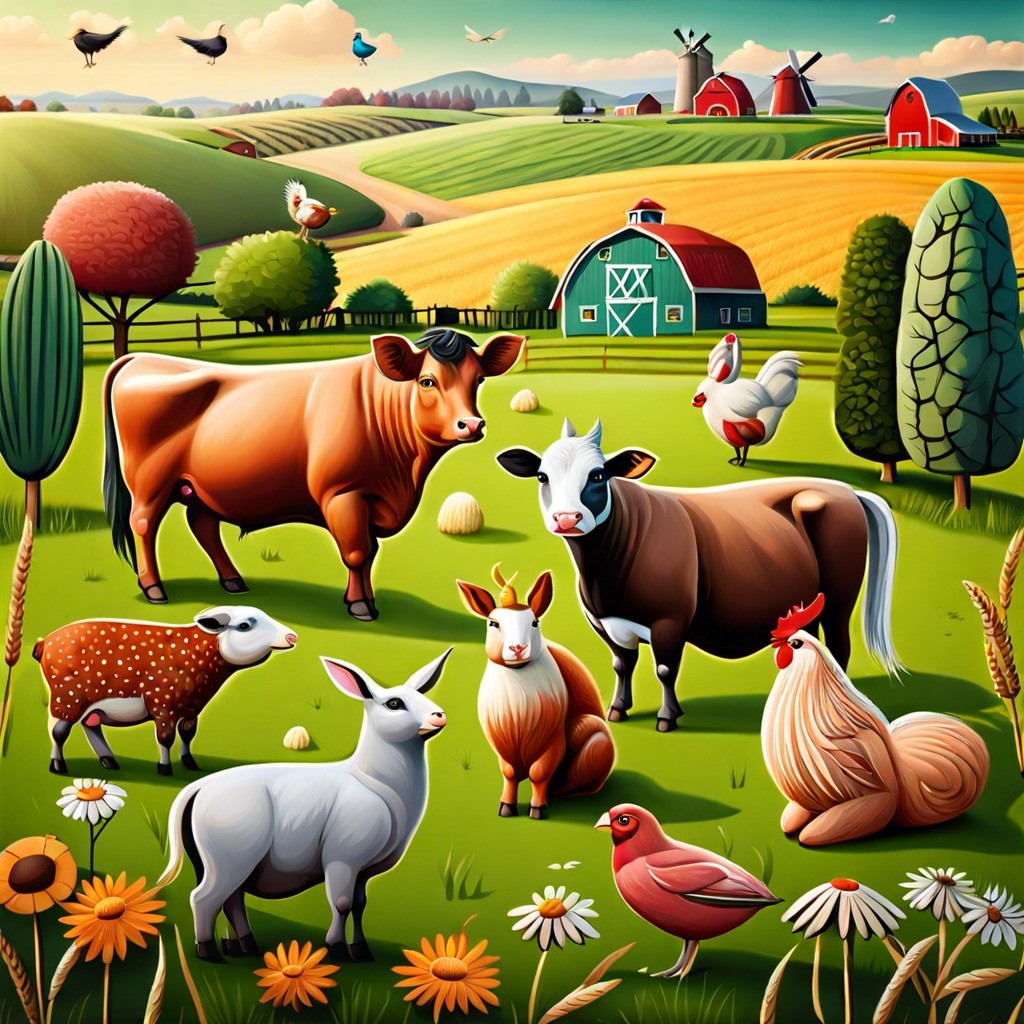This article explains the various ways to visualize and understand the size of 16 ounces.
Key takeaways:
- 16 fluid ounces (fl oz) equals two cups in volume.
- 16 ounces is comparable to the size of a soda can or coffee mug.
- Many food and beverage products come in 16-ounce quantities.
- 16 ounces is a common size for kitchen staples like salad dressings.
- Personal care items like body washes and shampoos often come in 16-ounce bottles.
Explanation of the Measurement of Ounces
Ounces can denote either volume or weight, depending on the context. In the realm of fluids, 16 fluid ounces (fl oz) roughly equals two cups, commonly seen in standard beverage servings. For weights, 16 ounces make up a pound, often used to measure groceries like fruits, vegetables, and meats. The distinction is crucial because fluid ounces measure volume, whereas ounces in weight measure mass, affecting how recipes and portion sizes are calculated. Understanding both applications helps in everyday tasks like cooking or making informed nutritional choices.
Visual Comparisons to Common Objects
Imagine a standard soda can; that’s close to 12 ounces. Now, add about a third more to visualize 16 ounces. Similarly, picture a medium-sized coffee mug, which typically holds about 16 ounces as well. This size is also comparable to a typical water bottle, providing a handy reference when thinking about how much liquid 16 ounces actually is. For those who cook, four standard measuring cups of a liquid make up 16 ounces, presenting another practical visualization. These comparisons help anchor the concept in everyday experiences, making it easier to grasp.
Practical Examples in Everyday Use
Sixteen ounces frequently appear in daily life, especially in the context of food and beverages. A standard can of soda or a medium-sized coffee typically holds about 16 ounces. This size aligns well with portions recommended by nutrition guides, illustrating its practicality for maintaining dietary balance. Moreover, in grocery stores, many products like bottled salad dressings or jars of peanut butter are often sold in 16-ounce quantities, representing a standard size for a variety of kitchen staples. This consistent use across products aids consumers in visualizing quantity and managing household supplies efficiently. Beyond the kitchen, in the realm of personal care, many body washes and shampoos are also available in 16-ounce bottles, making this a familiar benchmark for non-food items as well.




